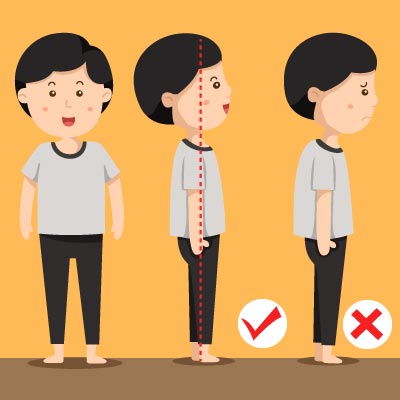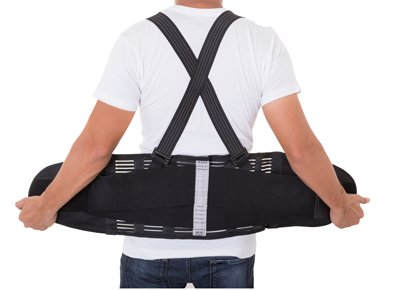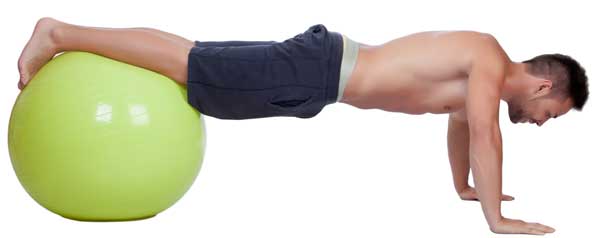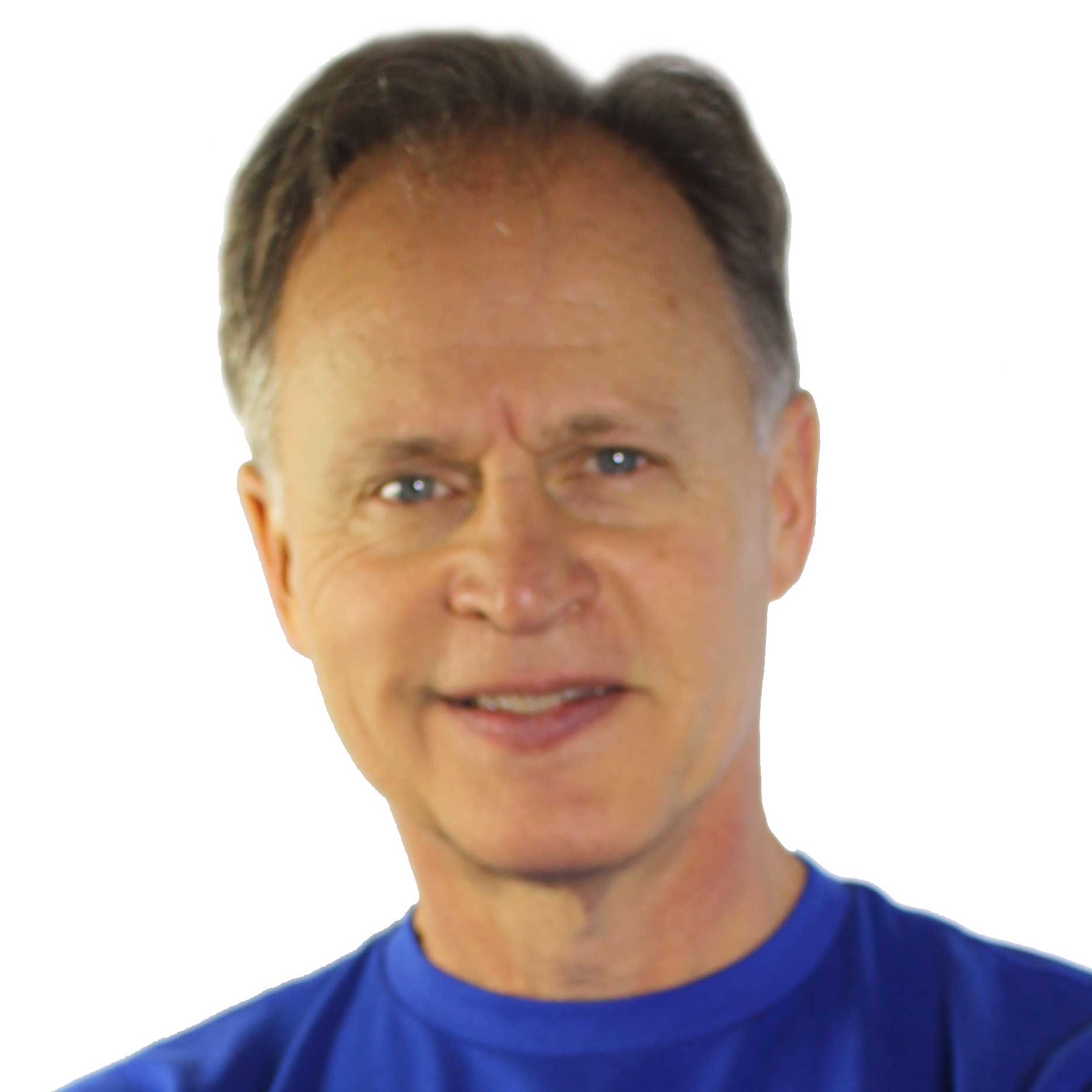Introduction
Were you aware that the average human head weighs 8-12 pounds, which accounts for around 8 percent of your body weight? Now consider where that head is located…right at the top of your spine. That’s like having a bowling ball sitting up there.
Why is this important? When your posture isn’t properly aligned, that head is likely tilting forward (probably looking at your phone or computer). For every degree your head is tilted forward that places extra weight on your spine.
According to a research paper called “The role of wearables in spinal posture analysis: a systematic review “ by Lauren Simpson, “As the head tilts forward, the forces felt by the neck surge to 27 pounds at 15 degrees, 40 pounds at 30 degrees, 49 pounds at 45 degrees, and 60 pounds at 60 degrees. “ [1]
Since your spine was designed to only support 8-12 pounds you can see where this is going to create problems.
One of the problems people have with starting a resistance training or any exercise program is the pain they experience often stops them. So addressing the pain may be the first place to start with any resistance training program.
These days, with all the time we spend staring at screens of one type or another this is most common reason for poor posture and is a good starting point for discussion.
Spine Anatomy
To understand posture problems you need to know that there are 5 major regions of the spine
Cervical: The 7 vertebrae in the neck
Thoracic: The 12 vertebrae in the chest area
Lumbar: The 5 vertebrae in the lower back
Sacral: A single bone in the lower back between the hip bones
Coccygeal: More commonly known as the tailbone
Keep Your Chin Up and Eliminate the Pain in the Neck (Cervical Region)
No we aren’t talking about eliminating that irritating person at work. We are talking about keeping your head where it belongs. You want to keep your head in a neutral position as much as possible. According to Spine.org “This means your ears are aligned directly over your shoulders when viewed from the side.” [2]
The problem we all have is that we forget to do this when we are so focused on our screens. We may need to retrain ourselves so it feels wrong when we lean forward as we are used to doing.

One way to start retraining your back is with a posture corrector which is usually a harness that holds your shoulders back.
So a posture corrector has dual benefits. It helps you get your shoulders and neck aligned where they belong. That can go a long way towards healing back and neck pain.
You only want to wear posture harnesses for a few hours a day since you want don’t want the muscles that are responsible to hold your shoulders in place to atrophy. The posture corrector is just used as a reminder and you should combine its use with exercise as well.
Another piece of equipment that can help this region is the cervical neck traction device. It can also be used to help get your neck back in proper form. These use a little force to stretch your cervical vertebrae back to where they belong. You use them a few minutes a day both to stretch your muscles and vertebrae.
You can also work on this region while you sleep by using a cervical neck pillow so your head and neck are in the proper position while you sleep. These pillows cradle your head and neck in alignment.
Middle Back Pain Relief (Thoracic Region)
This region of the back seems to have fewer problems than other regions but poor posture is still responsible for what problems there are. So improving posture can also be the solution for any pain here.
According to Spine-Health.com, once the first signs of pain arrive you can apply ice packs within the first 48 hours, and then afterwards you can use either ice or heating pads for back pain afterwards, but not for more than 20-minute increments. [3] Also rest is advised
There are special cold compress for back pain gel packs and heating pads for back pain that can be used to reduce pain and inflammation.
Lower Back Pain Relief (Lumbar Region)
This is one of the most common regions for back pain and what the majority of people complain about when they have back pain. Poor posture may not be the cause of lower back pain, but it certainly can aggravate it. Some of the causes are age, fitness level, weight gain, and genetics.
Disc degeneration, herniated or ruptured disc, sciatica, sprains and strains, spondylolisthesis, spinal stenosis, or traumatic injury are some of the problems experienced in the lower back.
As in the middle back pain you can use cold compress gel packs or heating pads to at least temporarily relieve pain, but this is seldom a permanent solution.
Movement is preferable to bed rest especially in the form of stretching and strengthening exercises. Just try not to do movements that aggravate the injury.
Some people have luck with spinal decompression devices that separate the vertebrae to take pressure of the gel-like discs between them. According to WebMD this may help “promote movement of water, oxygen, and nutrient-rich fluids into the disks so they can heal.” [4]
Inversion tables are often used for home spinal decompression but you can also visit a chiropractor and they have special decompression tables for this purpose.
Once again anything you can do to improve your posture either through a posture correcting harness or adding lumbar support for office chair or car seat if you drive a lot.
Other things you can do is to use a standup desk and a lumbar back brace. Too much sitting could very well be one of the things that is causing your lower back pain.

Pain in the Butt (Coccygeal Region)
Once again we aren’t talking about a work mate. It’s about pain in the tailbone.
This isn’t really a posture issue but according to the Mayo Clinic is usually caused by can be caused by “trauma to the coccyx during a fall, prolonged sitting on a hard or narrow surface, degenerative joint changes, or vaginal childbirth.” [5] The degenerative joint changes in the spine could be caused by poor posture so improving your posture definitely will not make anything worse here.
The way you sit in you chair could also be causing your tailbone trauma so just getting your body into a proper sitting condition could help.
A tailbone pain relief cushion can be used to help take pressure off your tailbone so it can heal.
Sacroiliac Joint Pain
Pain in this region may not necessarily be a posture problem but is more likely to be caused by damage or injury to the joint between the spine and hip. However, according to the Mayfield Clinic “Good posture during sitting, standing, moving, and sleeping”. So once again good posture can’t make things worse. [6]
A sacroiliac hip belt can be used to alleviate pain in the sacral region of the spine.
Exercise
Once again our motto of “Stay in Motion” is one of the keys to having good posture. Exercise done in the right way can strengthen all the muscles that provide good posture.
According to Harvard Health Publishing, “a lot of back pain in older men is caused by weak core muscles and declining muscle mass.” [7] So part of having good posture is to increase your core strength around the abdominal area.
But all the muscles in the back play a part in good posture. If you can’t see a physical therapist to learn the appropriate exercises, getting a good back exercise DVD to guide you through the movements is recommended.

Pain Relievers
While you are working on your posture you can also take pain medications that can help relieve the pain so you can exercise the muscles responsible for good posture.
A good starting point that doesn’t require a prescription is by trying a nonsteroidal anti-inflammatory drug (NSAID) such as ibuprofen (Motrin) or naproxen (Aleve).
There are also opioids, muscle relaxants, and even antidepressants, but all of these will require a prescription and there are a host of possible side effects that you need to discuss with your doctor.
Some people also get pain relief by taking supplements like Glucosamine Chondroitin MSM or a combination that includes Turmeric.
Conclusion
As you have seen, poor posture can be responsible for a lot of pain in your neck and back. Our “screen-staring” society is worsening posture problems since we are all hunched over a screen for a large part of our day.
The first step in fixing the problem is awareness so you have now taken that step. Now it’s a matter of forming new habits. When you are focused on your daily tasks it is so easy to let your neck and shoulders fall forward, but this is exactly the habit that needs to be broken. Finding an appropriate device to remind you may be what you need.
But you also need to strengthen the muscles in the back and your core. When you are hunched forward some of the muscles that are responsible for holding your shoulders back are stretched longer than they should be. Others have atrophied so they can no longer do what they were designed to do. It needs to be your goal to get them back to where they belong and to strengthen them.
And since your core muscles are responsible for holding you upright, these are critical even though you many not consider them to be part of your back. Working on a strong core can alleviate a lot of problems.
Of course there are other factors like weight, diet, smoking, and other that we didn’t discuss here that also contribute to your problems. But getting your entire mind and body in shape is what Verve2o is about so I hope you will join us on our journey to a better us!
Resources
[1] National Center for Biotechnology Information: “The role of wearables in spinal posture analysis: a systematic review”
https://www.ncbi.nlm.nih.gov/pmc/articles/PMC5700811/
[2] Spine.org: "Cervical Exercise: The Backbone of Spine Treatment"
https://www.spine.org/KnowYourBack/Prevention/Exercise/CervicalExercise
[3] Spine-Health.com: "Early Treatments for Upper Back Pain"
https://www.spine-health.com/conditions/upper-back-pain/early-treatments-upper-back-pain
[4] WebMD: "Spinal Decompression Therapy"
https://www.webmd.com/back-pain/guide/spinal-decompression-therapy-surgical-nonsurgical#1
[5] Mayo Clinic: "Tailbone pain: How can I relieve it?"
https://www.mayoclinic.org/tailbone-pain/expert-answers/faq-20058211
[6] Mayfield Clinic: "Sacroiliac joint pain"
https://mayfieldclinic.com/pe-sijointpain.htm
[7] Harvard Health Publishing: "The best meds for back pain"
https://www.health.harvard.edu/pain/the-best-meds-for-back-pain

Tim Bruxvoort is founder of FitManPlan.com whose mission it is to help men over 40 live the best version of their lives through fitness, nutrition, pain management, and improved life skills. He is a long-time, aging entrepreneur and health enthusiast who has experienced many of the challenges currently being faced by other men over 40 and his goal is to deliver solutions to help them achieve their fitness and health goals.
